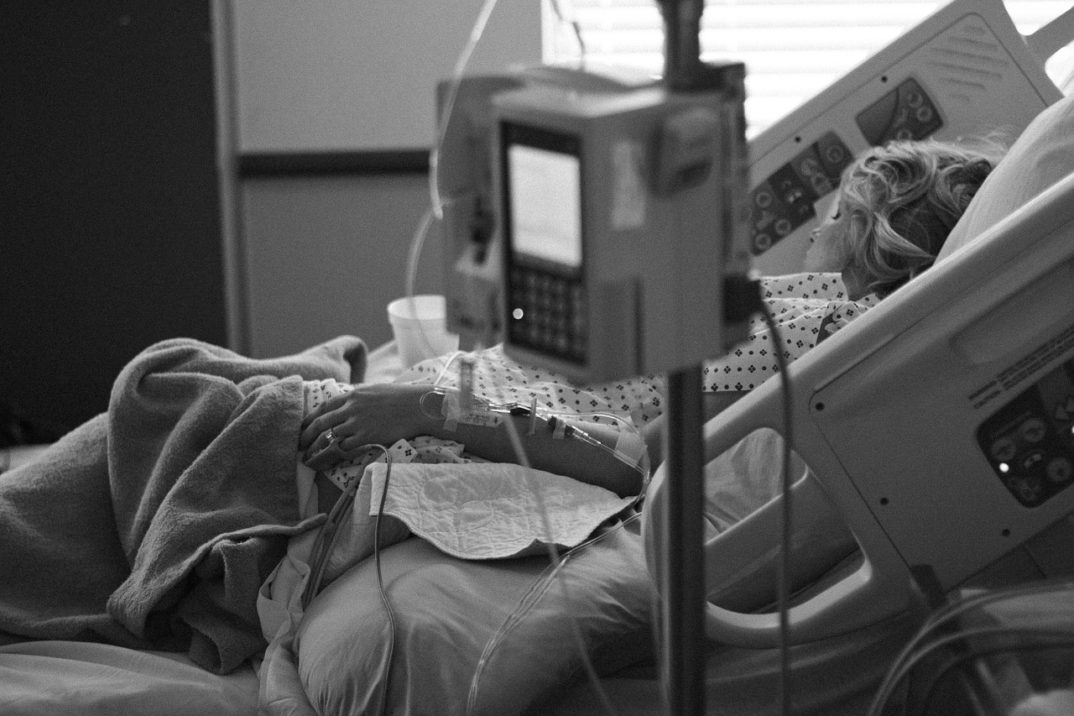Less Healthcare, Less Regulation: Is Donald Trump Killing People?
Follow liberals and anti-Trump conservatives on Twitter and you will often see the accusation that Donald Trump is killing people. For example, here are some recent tweets from three Trump critics:
Pepin Lachance @PepinLachance: @foxand friends @realDonaldTrump GOP and Trump undermining the healthcare of US citizens. They should be ashamed. People will die due to republicans they are killing us.
Gia Sonata @RedGia: @GeorgeTakei @sherrilee7 Oh – Trump is killing people. Slowly. With TrumpCare. Deregulation. FLINT still doesn’t have clean water. “Killing me softly w/his song”
Josh B @joshious: @SenDeanHeller @BillCassidy @LindseyGrahamSC Nevadans will hold you accountable for killing thousands of people and raising healthcare costs for all if you don’t vote NO on Trumpcare!
Repealing Obamacare would certainly lead to deaths. Twenty to 30 million people would lose their health insurance under the various repeal-and-replace bills that were considered by Congress in July. Loss of health insurance would mean less healthcare, and less healthcare would mean more deaths. But we could just say Trump will be letting people die, if he fulfills his pledge to end Obamacare. Should we go further and say he’ll be killing people?
Deregulation raises the same question. Under the Obama administration, the Occupational Safety and Health Administration (OSHA) established a new rule reducing permissible levels of beryllium, which the New York Times describes as “an industrial mineral linked to a lung disease that is estimated to kill 100 people annually.” Before the rule went into effect, the Trump administration proposed to exempt industries from having to follow it. If 100 people die of beryllium exposure in 2018, when the number would have been 50 under the Obama rule, will the Trump administration have let 50 people die, or will it have killed them?
Does it matter? Some ethicists put no stock in the distinction between killing and letting die. Peter Singer’s classic story of the child drowning in the shallow pond makes you think they may be be right. What difference does it make if someone walks by the pond and watches a child drown, to avoid getting his shoes wet (letting die) as opposed to wading in and forcing the child’s head under water (killing)? Others think the common sense distinction is sound. It may be bad to let people die by wasting money on frivolities instead of donating to Oxfam, but it’s not as bad as sending anthrax through the mail and outright killing them.
Suppose we do acknowledge a difference between killing and letting die. We can still acknowledge that letting people die isn’t usually innocuous. There are even cases where letting someone die may be worse than killing them (for a possible scenario, read this moving essay by Gary Comstock). On the other hand, some killings can be justified. So affixing labels wouldn’t tell us everything we want to know about ending Obamacare or lifting the beryllium rule. Nevertheless it would be worrying if these changes amounted to killings. Usually killing is wrong, and usually it’s worse than letting die.
One reason to suspect withdrawing these measures will do more than let people die is that withdrawing them is active: Obamacare will end only if Congress votes to end it and Trump signs the bill. Likewise, undermining the beryllium law involves deregulators actively writing orders that make certain industries exempt. How could these active steps count as just letting people die?
However, things are more complicated. We can actively do something, and still count as letting someone die. Some thought-provoking cases like this are discussed by Jeff McMahan in his 1993 paper “Killing, Letting Die, and Withdrawing Aid.” In the case of the little Dutch boy, a kid uses his finger to plug a hole in a dyke, but can’t stand there forever. When he pulls his finger out to go home and eat, the water pours through the hole and a lot of people die. Despite the fact that pulling his finger out is active, intuitively this is a case of letting people die.
So taking actions to end Obamacare and undermine the beryllium rule could count as letting people die. But consider another case McMahan discusses. A factory worker seals a crack in a pipe, keeping poisonous gases out of the factory (I’ve simplified the story slightly). He comes back a year later and removes the seal, so many people die. Intuitively, the factory worker kills his fellow workers.
McMahan says the difference between the factory worker and the little Dutch boy is that the boy provided a barrier to an existing threat that he would have had to sustain for it to be effective. The pipe sealer, by contrast, created a barrier to the noxious gas threat that was “complete and self-sustaining, requiring no further contribution from him in order to keep the threat at bay.” When he removed the seal, he created a new threat, and therefore counted as killing his fellow workers.
Is Obamacare or OSHA’s beryllium rule “complete and self-sustaining”? Did either require “no further contribution…in order to keep the threat at bay”? If so, then withdrawing these life-saving measures introduced a new threat, and therefore amounts to killing. If would be different if they were incomplete, not self-sustaining, and in need of further contributions from the government to keep health and safety threats at bay.
Whatever we decide, after more closely examining how Obamacare and OSHA rules really work, we should bear in mind that letting people die is often really bad, even if it’s not killing. That’s why these life-saving measures were adopted in the first place.





